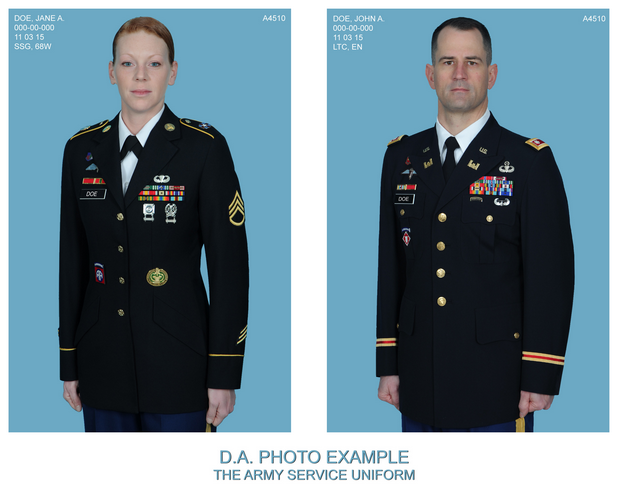

This Ski Trooper wears the fur-trimmed reversible parka and white ski trousers for camouflage. Because of its warmth, the jacket became a popular item, being acquired and worn by all types of troops. This uniform was originally developed for tank crews. The jacket had an elastic collar, cuffs, and waistband to keep the wind out and retain body warmth. Construction consisted of a water repellent cotton twill outer and heavy wool lining. The large double row of buttons, bearing the seal of the United States, were either gilt bronze or in later examples made of plastic to conserve metal.Ī three-piece uniform consisting of a jacket, overalls, and helmet. Nevertheless, in 1944-45 it was pressed into combat in the ETO due to clothing shortages. By 1944 the overcoat was replaced for field use by more advanced designs. It had a partial lining and relied on heavy 32 ounce melton wool to provide warmth. Pictured is a heavy, full-length overcoat worn for maximum protection from the cold. This man also wears the knit wool cap, which was worn alone or under the M-1 steel helmet in cold weather. Note the coat's light color later this was darkened to olive drab shade 7, the shade of the jacket shown in figure 6, for better concealment qualities. Early versions of this coat had a waist belt and shawl collar. Wool shirt and trouser combo worn with a heavy, blanket lined mackinaw coat for warmth. This jacket was much more durable and offered better protection against the elements than the old. Note the jacket's longer length, darker color, and greater pocket area than the field jacket shown in figure 5. Water & wind resistant jacket and over-trousers for combat field wear. The field jacket concept was vastly improved with the introduction of the M-1943 Field Jacket - see figure 6.

Beginning in 1941, the olive drab field jacket replaced the wool service coat for campaigning. This is the wool shirt & trouser combo shown in figure 4 with the addition of a field jacket worn for warmth. Later, the combat service boot with integral two buckle leather leggings appeared to replace this system. Laced khaki canvas leggings were worn to protect trouser and shoe openings. Note the shirt collar is worn open for field wear. Wool shirt and trouser combo worn in temperate weather conditions. Enlisted Men's shirts did not have shoulder loops. The shirt could be worn with a tie as shown, or with an open collar. The HBT fatigue uniform did double duty as a warm weather/tropical combat uniform for lack of a better alternative.Ĭotton khaki shirt and trouser combo worn in warm and tropical climates. This is the same herringbone twill weave uniform shown in figure 1 except worn with the protective M-1 helmet. The hat was later dropped in favor of a cap. Fitted large, the jacket and trousers were often worn over other garments for protective purposes. The green HBT uniform replaced blue denim uniforms used for the same purpose.

It is not a complete display of all uniform types, but should give guidance in identifying the general appearance and key elements of Army uniforms of the era.Ī loose fitting jacket, trouser, and hat combo made of herringbone twill weave that was worn for chore work. A couple of the more common specialist's uniforms are also included. This is a brief presentation designed to show some of the basic types of uniforms worn by U.S.


 0 kommentar(er)
0 kommentar(er)
